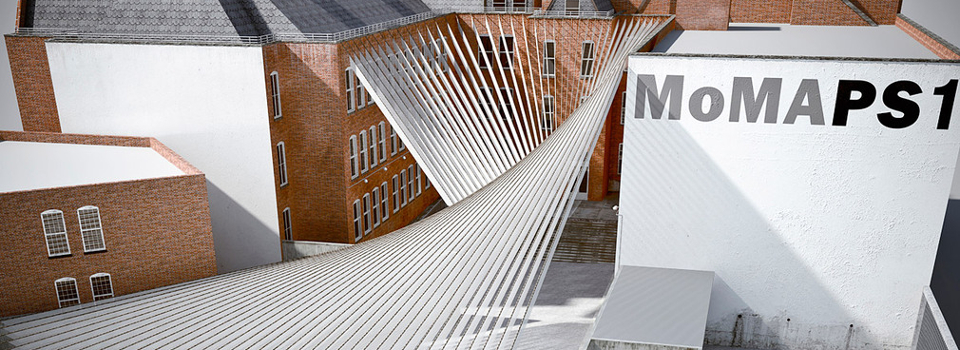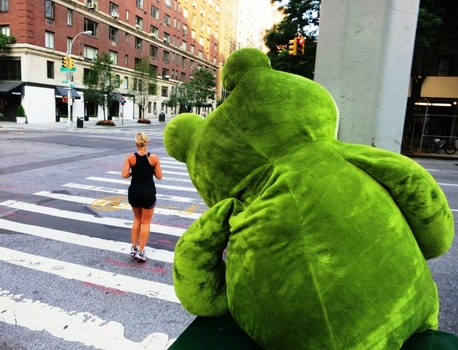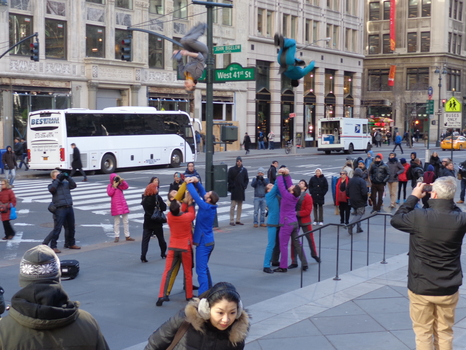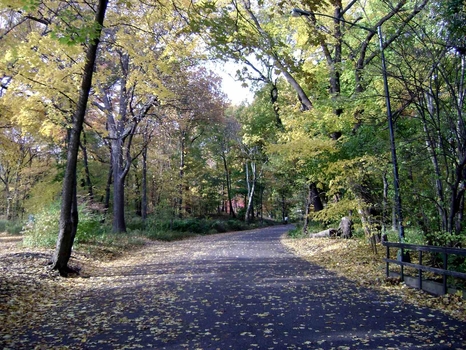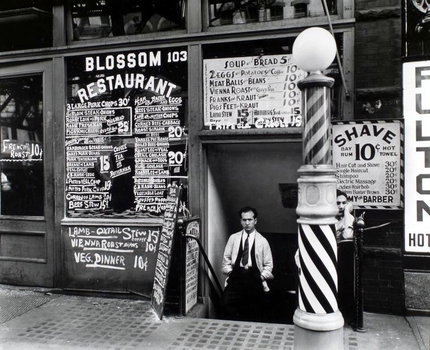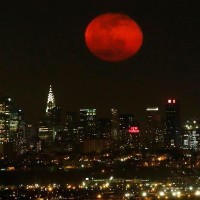City life has may rewards for those that embrace it but the sights of the city are star deprived. The intensity of our lights clouds our view of celestial bodies. We don’t get to see as many stars in the sky, the streetlamps, lights from office buildings and apartments, and neon signs conspire to hog the attention for themselves, telling the urban stargazer, “We should be enough for you.”
And so the moon provides the visual cue to wanderlust and anchors our heavenly gawking. The moon is closer and always there. It can be shrouded in clouds but it is never kept far from our vision. It follows us as we wander our metropolis and is always there to draw our eye in moments of poetic grandeur.
Because of the aforementioned light pollution, New York City is not a very good place to view our astronomical wonders. But the moon is an exception. Lunar events are very much visible to city dwellers. The light pollution doesn’t affect the moon the way it does the stars. There are plenty of other obstacles to good moon observation: buildings, trees, billboards and planes. Some of the best viewing space may be in the middle of busy streets or eerily deserted parks.
The moon is currently in a super moon phase, meaning that it appears larger and brighter than it normally does. On September 27 the super moon was eclipsed fully by the Earth, meaning that our planet moved in such a way as to block the glorious sunlight from reflecting off of the moon. Such a phenomenon will not occur again until 2033. The fully eclipsed moon will take on a reddish color, thus the “blood moon” or “blood super moon.”
Stepping outside my building in Queens, I encountered the usual street scene on a quiet Sunday night. There were maybe a few more people sitting on public benches along Union Street in Flushing where I live, but not the amount of people that this event deserved. That just made looking at the moon more enjoyable. And there it was, every bit as bright and glorious as I had hoped, it’s super bright surface already covered in shadow, and the shadow was spreading. In the few minutes I was outside, the eclipse progressed to the point that nearly half the moon was in shadow. I attempted to take a photo with it but my earthly camera phone could not do this phenomenal sight any justice.
The moon has a great effect on human life on earth. And why shouldn’t it? The stars that we gaze at may be dead already; their light may have burned out centuries ago. But the moon is always there, it is close by, and we’ve been there.
Here in Gotham, where brazen men plot to manipulate our world and drive the will of the Earth asunder, it is comforting to know that the skies will always have the last word, and that blood moons will reoccur to thrill poets and inspire a further appreciation of the beautiful violence of nature.

